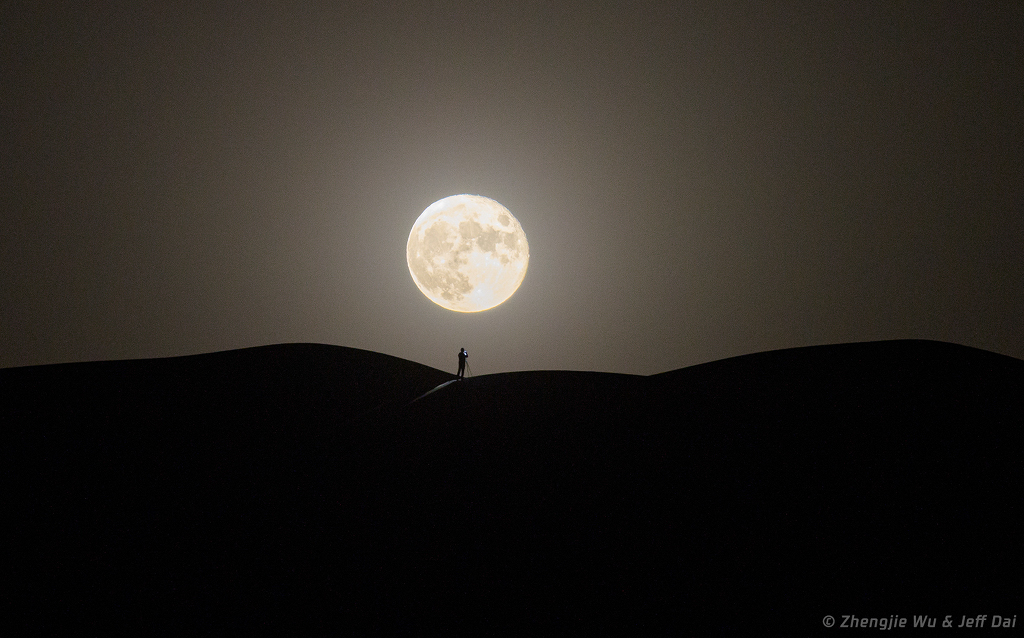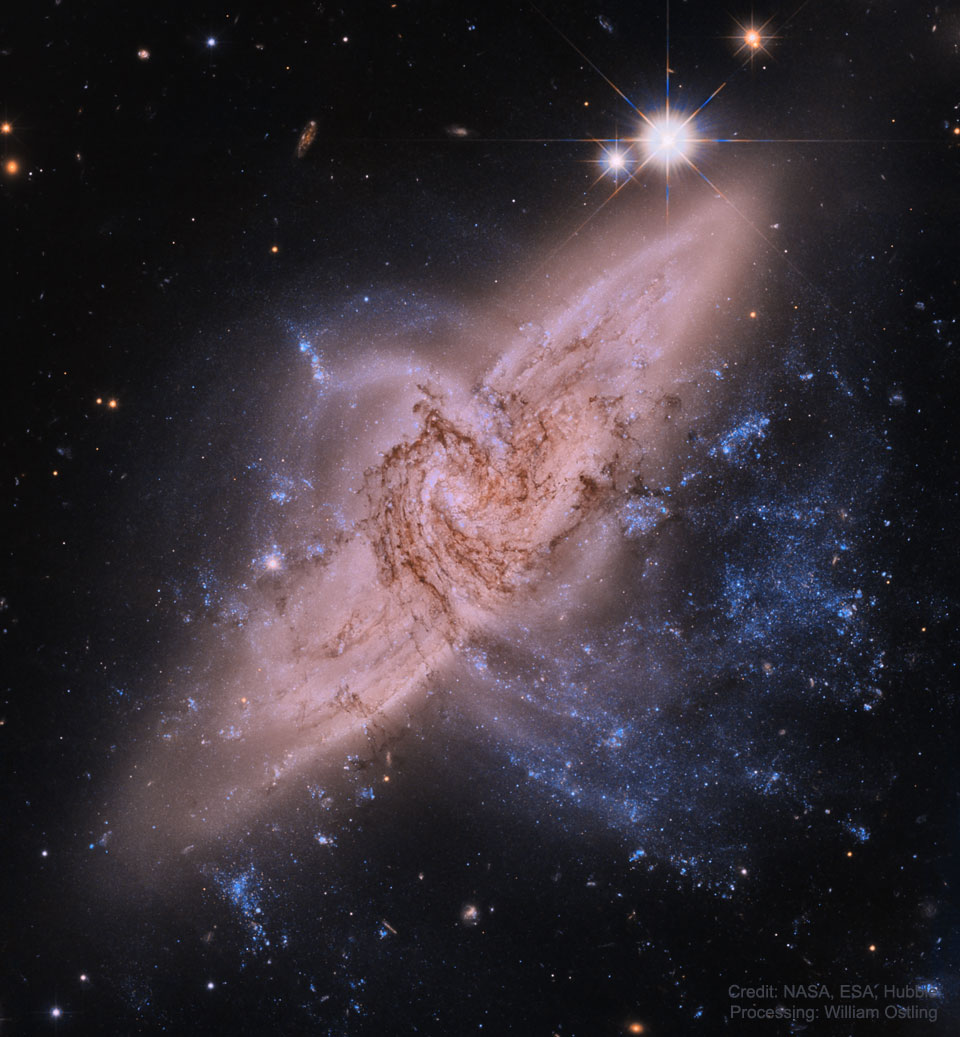2021 November 21
Image Credit & Copyright: Dan Bartlett
Explanation: Here comes Comet Leonard. Comet C/2021 A1 (Leonard) was discovered as a faint smudge in January 2021 when it was out past Mars -- but its orbit will take the giant shedding ice-ball into the inner Solar System, passing near both Earth and Venus in December before it swoops around the Sun in early January 2022. Although comets are notoriously hard to predict, some estimations have Comet Leonard brightening to become visible to the unaided eye in December. Comet Leonard was captured just over a week ago already sporting a green-tinged coma and an extended dust tail. The featured picture was composed from 62 images taken through a moderate-sized telescope -- one set of exposures tracking the comet, while another set tracking the background stars. The exposures were taken from the dark skies above the Eastern Sierras (Mountains), near June Lake in California, USA. Soon after passing near the Earth in mid-December, the comet will shift from northern to southern skies.








